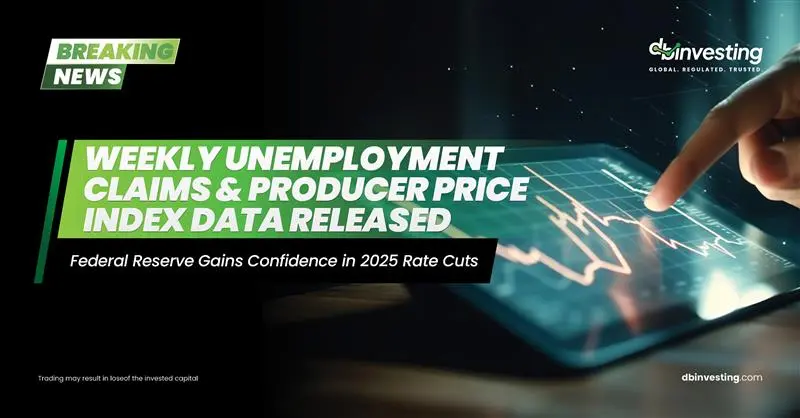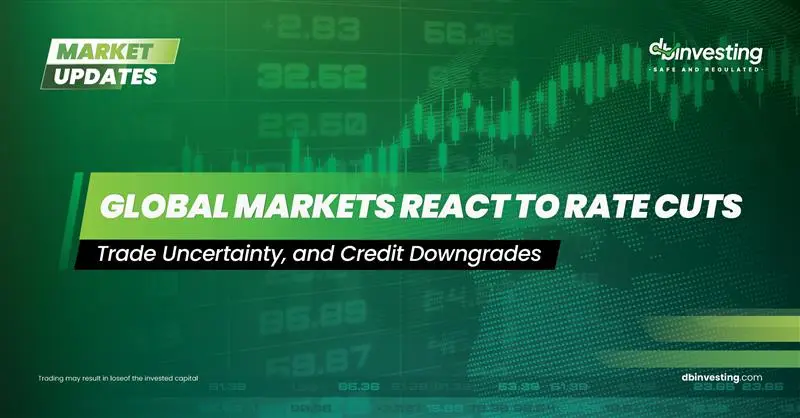Federal Reserve Gains Confidence in 2025 Rate Cuts
In a significant development that could shape the U.S. monetary policy path for 2025, the latest data on weekly jobless claims and the Producer Price Index (PPI) offered fresh evidence of easing inflationary pressures—potentially granting the Federal Reserve more confidence to implement rate cuts next year.
The headline PPI for May showed a year-on-year increase of 2.6%, aligning with expectations. However, the monthly PPI came in softer than forecast, rising just 0.1% compared to the anticipated 0.2% increase.
The core PPI, which excludes volatile food and energy prices, rose 3% year-over-year, slightly below the forecast of 3.1% and April’s reading of 3.2%. On a monthly basis, core PPI increased only 0.1%, missing the expected 0.3% rise.
Final demand services rose by 0.1%, reversing a 0.4% drop in April, driven by higher hotel accommodation prices. However, airfares dropped by 1.1%, and investment portfolio management fees also declined.
These components—hotel rates, airline ticket prices, and portfolio management fees—are key elements in the Fed’s preferred inflation gauge.
Excluding food, energy, and trade services, the PPI rose 0.1%, following a 0.1% decline in April. The annualized core PPI pace dropped to 2.7% from 2.9%.
This data follows Wednesday’s release showing U.S. consumer prices rising at a slower-than-expected annual pace in May, reinforcing the narrative of a cooling inflation environment.
Additionally, weekly jobless claims surprised to the upside, rising to 248,000 versus forecasts of 242,000, reflecting a softening in the labor market that may further support the Fed’s dovish tilt.
Conclusion:
With inflation showing consistent signs of easing and labor market data reflecting modest weakness, the latest PPI and jobless claims figures build a stronger case for the Federal Reserve to consider rate cuts in 2025. Markets will closely monitor upcoming economic data as expectations shift toward a more accommodative policy stance.






